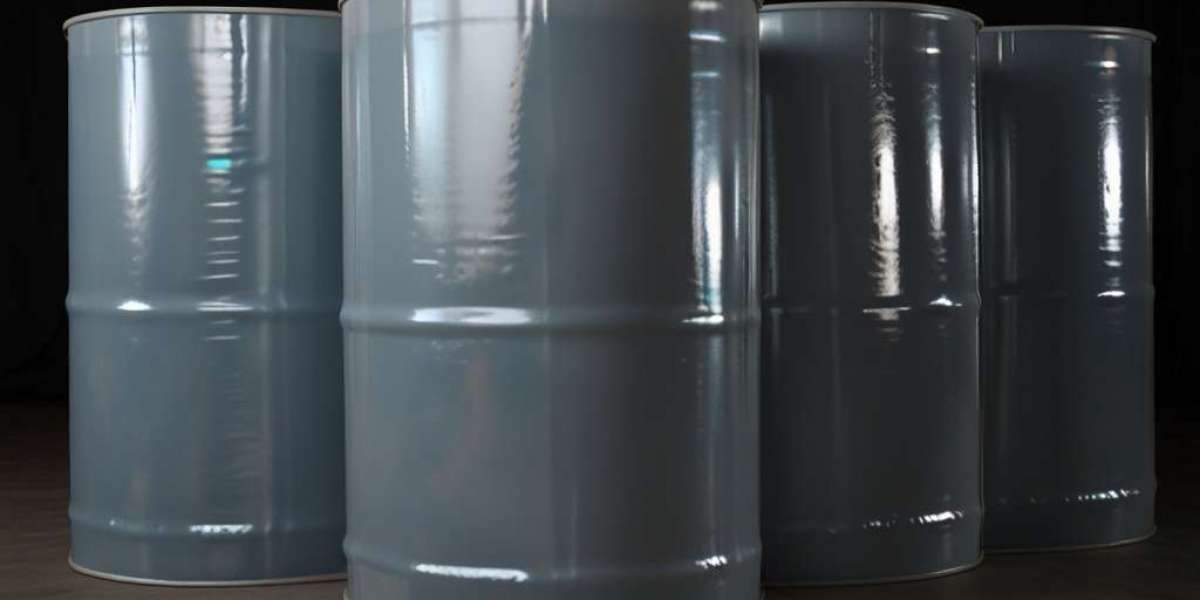Metal laser cutting is a precise and efficient technique used extensively in various industries, including automotive, aerospace, and manufacturing. It utilizes high-powered laser beams to cut through metal materials with exceptional accuracy. Understanding how a metal laser cutter differentiates between various types of metals and the factors that influence its cutting parameters is crucial for optimizing the cutting process.
1. Types of Metals and Their Properties
Metal laser cutters can work with a variety of metals, each exhibiting different physical and chemical properties. The primary metals commonly cut by laser technology include:
- Mild Steel: Known for its good tensile strength and malleability, mild steel is easy to cut but can produce rough edges if not processed correctly.
- Stainless Steel: This metal is corrosion-resistant and requires higher laser power and precision due to its density and thickness.
- Aluminum: Lightweight and malleable, aluminum reflects laser light more than steel, which can complicate the cutting process.
- Brass and Copper: These metals have high thermal conductivity and can absorb laser energy differently, impacting cutting efficiency and quality.
Understanding these properties helps operators adjust the laser cutting parameters accordingly.
2. Laser Interaction with Different Metals
The interaction between the laser beam and the metal surface varies based on the material type. This interaction is determined by factors such as:
- Absorption Rate: Different metals have varying abilities to absorb laser energy. For example, mild steel absorbs a high percentage of the laser energy, allowing for efficient cutting. Conversely, aluminum reflects a significant portion of the laser light, which may necessitate increased laser power to achieve effective cutting.
- Thermal Conductivity: Metals like copper and brass conduct heat more efficiently, which can lead to faster heat dissipation. This means that the laser cutter must maintain a higher energy density to ensure that the metal reaches its melting point for effective cutting.
- Thickness: The thickness of the metal also plays a critical role in determining the laser parameters. Thicker metals require more powerful lasers and potentially slower cutting speeds to allow the laser time to penetrate and melt the material completely.
3. Key Factors Influencing Cutting Parameters
When operating a metal laser cutter, several parameters must be considered to achieve the desired results:
Laser Power: The power of the laser is a primary determinant in the cutting process. Higher power settings are generally required for thicker metals or metals that absorb less laser energy. Conversely, lower power settings may suffice for thin materials or those with higher absorption rates.
Cutting Speed: The speed at which the laser moves across the metal surface impacts the quality of the cut. A slower speed allows the laser to concentrate its energy on a smaller area, improving cut quality but reducing overall efficiency. Conversely, a higher speed can lead to incomplete cuts or poor edge quality if the laser doesn’t provide enough energy to melt through the material.
Focus and Beam Quality: The focal point of the laser beam must be precisely adjusted based on the material type and thickness. A well-focused beam provides better energy concentration, leading to cleaner cuts. The quality of the beam, often measured in terms of its divergence, can also affect the cutting performance. A high-quality beam with minimal divergence ensures a more focused cut, especially important for intricate designs.
Assist Gas: The type and flow of assist gas play a significant role in the cutting process. Common assist gases include oxygen, nitrogen, and air. Oxygen can enhance the cutting process for mild steel, leading to faster cutting speeds and better edge quality. In contrast, nitrogen is often used for stainless steel and aluminum to prevent oxidation and ensure clean edges. The choice of assist gas and its pressure can greatly affect the cutting speed and quality.
Material Surface Condition: The surface condition of the metal also influences cutting parameters. Rusty or dirty surfaces can impede the laser beam's effectiveness, leading to poor cutting quality. Proper surface preparation may be necessary to ensure optimal cutting conditions.
4. Laser Cutting Process Overview
The laser cutting process involves several key steps, including:
Material Setup: The metal piece is securely placed on the cutting bed, ensuring it is stable and correctly positioned according to the cutting program.
Laser Configuration: Operators input the cutting parameters into the laser cutting machine, adjusting settings such as power, speed, and gas flow based on the type of metal and desired cut quality.
Cutting Operation: Once the machine is configured, the laser beam is activated, and the cutting process begins. The laser head moves according to the programmed design, cutting through the metal as it travels.
Post-Cutting Processing: After the cutting is complete, the metal piece may require additional processing, such as deburring or cleaning, to remove any rough edges or residual material.
5. Applications and Industry Impact
The versatility of metal laser cutting technology has led to its widespread adoption across various industries. Applications range from the fabrication of complex parts for aerospace and automotive manufacturing to the production of intricate designs in decorative metalwork. The ability to efficiently and precisely cut different types of metals has streamlined production processes, reduced waste, and improved overall product quality.
Furthermore, advancements in laser technology continue to enhance the capabilities of metal laser cutters. Innovations such as fiber lasers have increased cutting speed and efficiency, while improvements in software allow for more complex and intricate designs to be executed with precision.
6. Conclusion
In summary, understanding how a metal laser cutter differentiates between various types of metals and the factors influencing its cutting parameters is crucial for optimizing the cutting process. From the properties of the metals themselves to the specific cutting parameters such as power, speed, and assist gas, each aspect plays a significant role in achieving high-quality cuts. As industries continue to evolve, the demand for precision and efficiency in metal cutting will drive further advancements in laser cutting technology.








